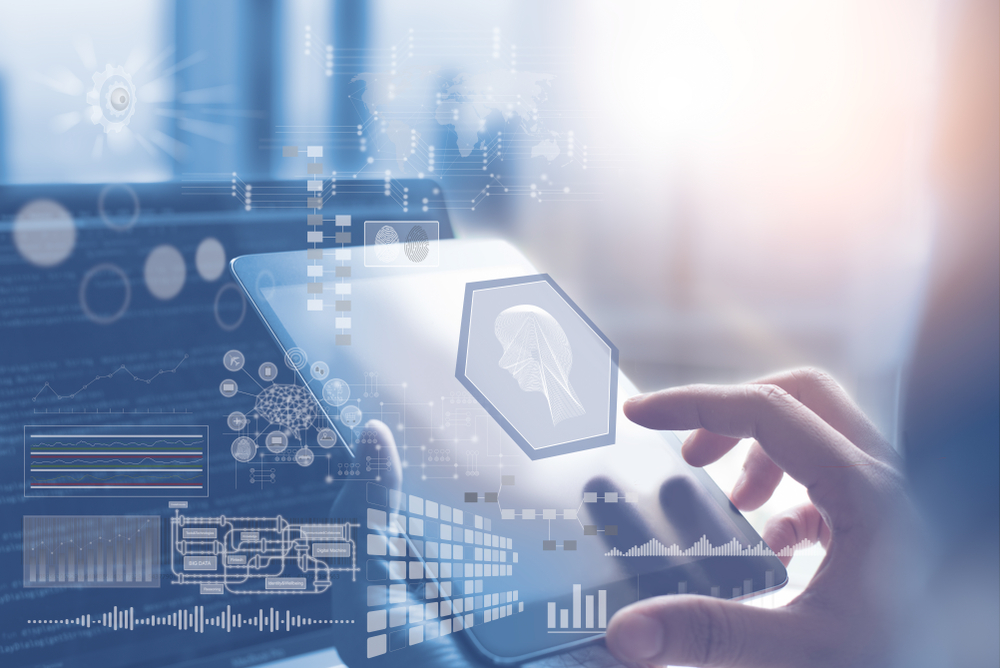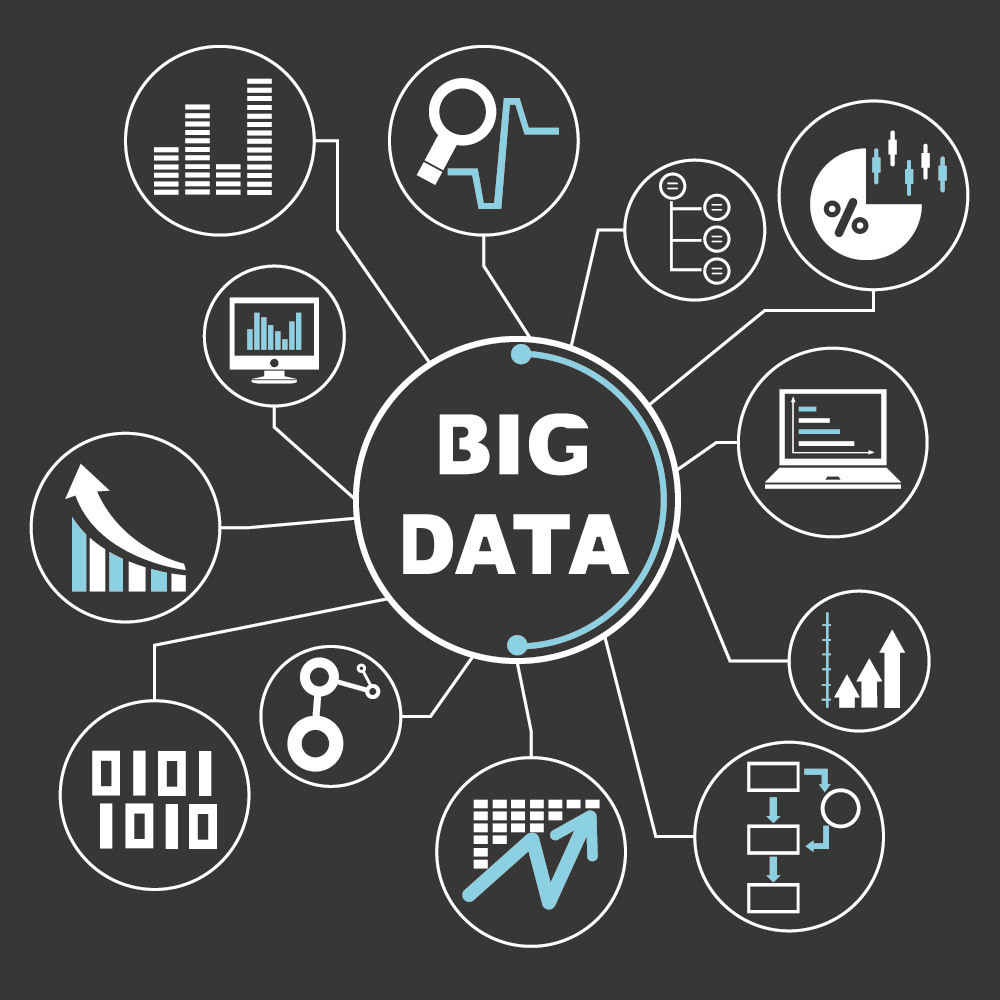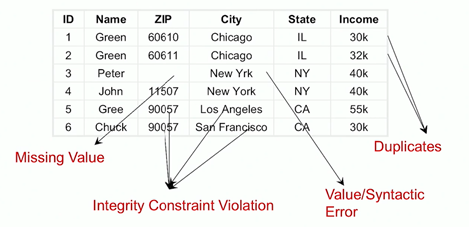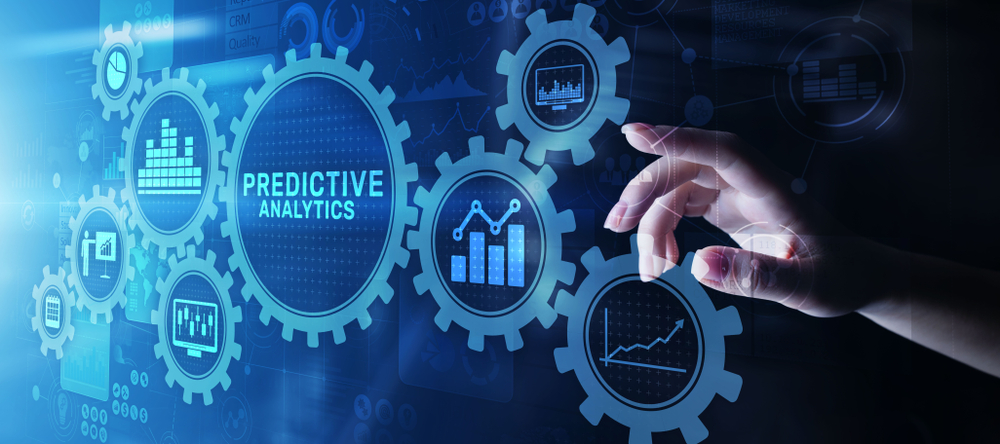
How Big Data and AI Work Together

The problem with big data is that there is too much of it. In the past, people tried to avoid formats like pictures, video, or voice because they couldn’t do too much with it. There was only an additional cost of storing it.
Just think about the video surveillance in your local community. About 100 cameras operate 24/7, 365 days a year. That’s a total of 2400 hours of video footage every day. If a human was supposed to review this data for suspicious activity, it would take a team of 60 people. That’s simply not worth it economically.
This is where artificial intelligence and big data work together. The only way to efficiently deal with this amount of data is to manage it with data-scanning and to use AI software algorithms.
Why does AI work so well with big data?
Simply put, it’s because big data and ai complement each other. AI becomes better, the more data it is given. It’s helping organizations understand their customers a lot better, even in ways that were impossible in the past. On the other hand, big data is simply useless without software to analyze it. Humans can’t do it efficiently.

Data professionals and those with a master’s degree in business analytics are going to be highly in demand in the near future. Corporations broaden their data analytics, and they need to be able to catch up to all the data that is produced by computers, smartphones, and other IoT devices.
How AI uses Big Data: How Does AI Work
We haven’t solved the storage issues of big data artificial intelligence and analytics, yet. But they aren’t as high as in the past. Nowadays, new problems have arisen. They are infrastructure, data preparation, and governance. For now, let’s not talk about the issues. Let’s address how AI works when it is applied to Big Data.

- Detecting anomalies – AI can analyze artificial intelligence data to detect unusual occurrences in the data. For example, having a network of sensors that have a predefined appropriate range. Anything outside of that range is an anomaly.
- Probability of future outcome – Using known condition that has a certain probability of influencing the future outcome, AI can determine the likelihood of that outcome
- AI can recognize patterns – AI can see patterns that humans don’t
- Data Bars and Graphs – AI can look for patterns in bars and graphs that might stay undetected by human supervision
Keep reading https://ncube.com/top-web-development-frameworks-in-2019
The Melding of AI and Big Data
Big Data is here to stay, and it’s just going to get bigger and bigger. The future trend will be an increased demand for AI.
As it was mentioned earlier, AI and big data complement each other. And we need lots of data for AI to be efficient!
“Access To Data Will Be The Key Enabler As Artificial Intelligence Comes Of Age.”
Nick Ismail in his Information-Age.com article
In simplest terms, the ongoing AI/Big Data circle looks like this:
- Data is fed to the AI
- AI becomes smarter because of the data
- Less human interaction is needed as AI becomes smarter
- Fewer people are required for AI to run
- AI feeds new data to itself
But, before all of that can happen, AI needs to evolve. A lot!
The ultimate goals of AI are:
- Reasoning
- Machine learning
- General intelligence
- Robotics
- Natural language processing
- Computer vision
- Automated learning and scheduling
We are probably years away from getting the first perfected AI, and it is never really perfect. Just for the natural language processing, it will need millions of samples of human speech that is broken down into a format that the AI can understand.
How AI Gives Better Insight into Data

AI is creating new methods for analyzing data
In the past, getting insight from data was hard human labor. Engineers were using queries or SQL to analyze important data.
“AI is the next step to query/SQL,”
Steven Mih, CEO at Alluxio
What used to be statistical models has merged with computer science and became big data and machine learning.
Data analytics is becoming less labor-intensive
As mentioned in the introduction, thanks to AI analyzing video surveillance, human effort is now a lot less time-consuming. Something that could have taken weeks, now only takes a day or two.
“AI and ML are tools that help a company analyze its data more quickly and efficiently than what could be done by employees,”
Sue Clark, senior CTO architect at Sungard AS.
One of the most profound ways ML is changing the world can be seen in the current trends in healthcare. AI is being used to give a diagnosis based on answers to prepopulated questions that the patients fill out. Doctors don’t have to examine every patient that comes through the door.
This saves a lot of time, money, and allows doctors to focus on high priority cases.
There has been a 12% increase in patients who have been diagnosed by AI in 2019 compared to the year before. A considerable spike is expected in 2020, where another 75% increase is expected. Exciting times are ahead!
Humans still matter plenty.
Businesses need to combine human intuition with AI and machine learning. AI needs to learn not only from data but from humans directly.
Imagine a world without humans, and a robot with AI is your manager. He won’t understand your feelings, or how to coach you. He won’t know how to create a work culture. All the things that are hard to measure but affect your day.
“As more and more artificial intelligence is entering into the world, more and more emotional intelligence must enter into leadership.”
Amit Ray, Famous AI Scientist, Author of Compassionate Artificial Intelligence
AI/ML can be used to alleviate common data problems
The value of big data is linked to its quality. If the quality is low, that means the information has no value for anyone. If you can’t trust the data that is being analyzed by AI and ML, then you can’t trust the derived insights.
Up to 80% of the time is spent “cleaning” the dirty data before it is used for machine learning projects.
So, what is the solution? You guessed it. Machine learning!
Machine learning algorithms can detect missing values, duplicate records, detect outlier values, and normalize data, so it’s usable by other algorithms!
It is important to recognize that data quality problems cannot be adequately solved in isolation and machine learning solutions that offer holistic approaches to cleaning and unifying data may be the best solution.

Most datasets contain data quality issues (source)
Analytics become more predictive and prescriptive.
In the past, when talking about any kind of data, we used to say: “Here’s what happened.” Nowadays, thanks to AI and ML, we can use data to say: “Here is what is going to happen.” Even better, we can instruct machine learning algorithms to do specific actions based on the predictions they make.

A company from Hong Kong created an AI stock market trader. Although it’s a huge risk because of the ups and downs, it was impossible to predict.
The AI had a 2% return on an undisclosed amount in a day. That was a short sample, just for the public, but it was above the market average.
“Stock markets have been using automation and machine learning for at least a decade now, but some kind of highly skilled human intervention has been and will always be required.’
Devina Paul, founding partner of Galvanise Capital
What’s next for AI and big data? We’ve merely scratched the surface.
Most people who are using AI, machine learning, and big data have just taught their software how to crawl, maybe even walk. AI and big data are just starting to reveal their possibilities.
Most businesses still use paper form and ledgers. That means many employees have to go through endless reports to find valuable information.
The future of AI and big data is to make our human life more comfortable. It needs to provide context and answers, rather than just good-looking reports. Enterprises will have to realize that the data they store is better used in AI and ML and that making a human do hard labor isn’t the future. Those who realize it the quickest will save the most amount of money and probably also earn a high return on investments.
So, what now?
For data, nothing changes, it will still be collected, but the way we analyze it will improve. New, faster, and efficient ways will emerge to give us the insights we need.
Recommended articles



